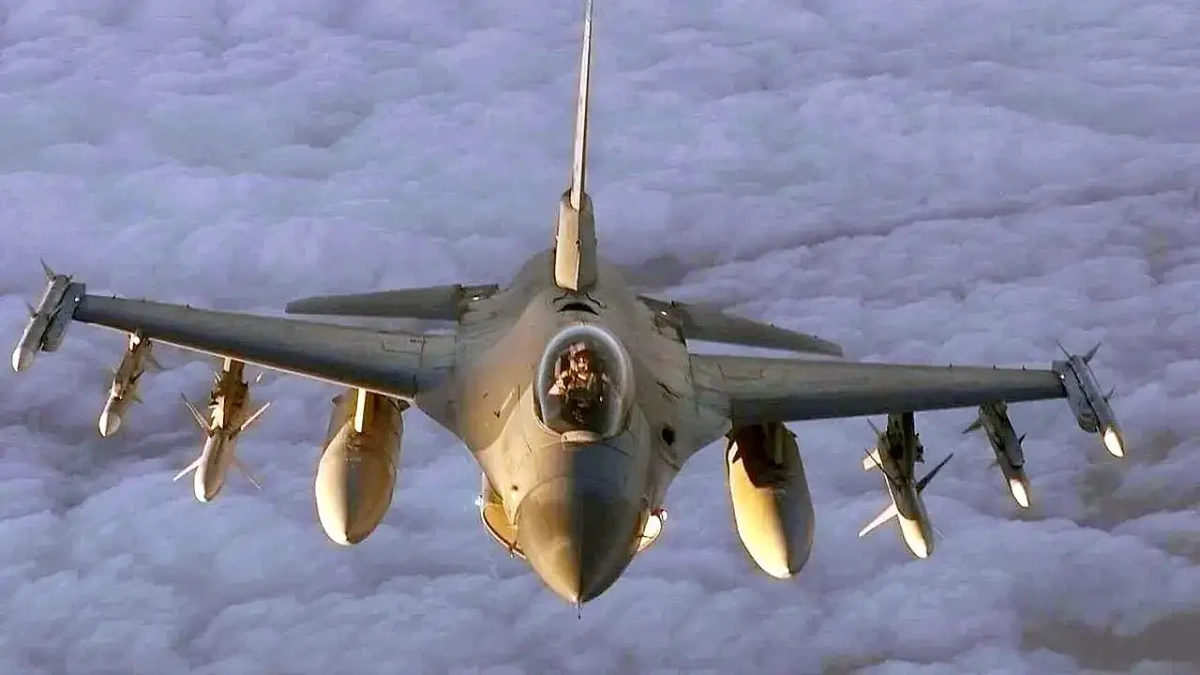Okay, let’s be honest, when you first hear about Russian jets buzzing around near Alaska , your brain probably jumps to Cold War movies and geopolitical showdowns. But here’s the thing: it’s usually a bit more nuanced than that. While these incidents definitely get our attention – and rightfully so – it’s essential to understand why they happen and what they really mean. It’s not always about an impending invasion, promise.
What’s the Big Deal? Understanding the Context of Airspace Violations

So, what exactly constitutes “near Alaska,” and why does it matter? Well, international airspace extends 12 nautical miles from a country’s coastline. After that, it’s fair game, but countries often establish Air Defense Identification Zones (ADIZ). These zones, while not international law, are areas where approaching aircraft are expected to identify themselves. Think of it as a polite “heads up!”
When Russian military aircraft enter this zone without proper notification, it triggers a response from the North American Aerospace Defense Command (NORAD). NORAD scrambles fighter jets to intercept and identify the aircraft. This isn’t necessarily an act of aggression; it’s about maintaining situational awareness and ensuring no one’s trying to sneak anything in. But, the proximity raises tensions; it is a reminder of the delicate balance of power and that is why we should pay attention.
Geopolitical Posturing or Just Routine Patrols?
Here’s where it gets interesting. Is this just routine military activity, or is there a deeper game at play? Experts often point to a few potential reasons:
- Testing Responses: These flights can be seen as a way for Russia to test NORAD’s response times and capabilities. Basically, they’re poking the bear (or, in this case, the eagle) to see how quickly it reacts.
- Showing the Flag: It’s also a demonstration of power. Russia is reminding the US – and the world – that they have a significant military presence in the Arctic region and aren’t afraid to flex their muscles.
- Strategic Signaling: Depending on the current geopolitical climate, these flights can be a way to send a message, whether it’s related to arms control, international negotiations, or other areas of contention.
Of course, sometimes, it could just be routine patrols. The Arctic is becoming increasingly important due to its resources and strategic location, and all countries with a presence there are likely increasing their activity. It’s also worth remembering that the US conducts similar exercises near Russia, something to consider so as to not oversimplify the picture.
The Role of NORAD and Air Defense Systems
So, who’s watching the skies? That would be NORAD. This joint US-Canadian command is responsible for aerospace warning and aerospace control for North America. They use a network of radar installations, satellites, and aircraft to detect and track potential threats. When unidentified aircraft approach North American airspace, NORAD scrambles fighter jets to intercept and identify them. This is where you see those headlines about F-16s or F-22s meeting up with Russian planes .
These intercepts are usually professional and safe. Pilots follow established protocols to identify each other and ensure there are no misunderstandings. However, the risk of miscalculation or escalation is always present, especially in a tense geopolitical environment. Also, the cost associated with launching interceptor aircraft is very high, which may affect the overall budget ofair defense.
Historical Context: Echoes of the Cold War
Let’s be real; this kind of activity isn’t new. During the Cold War, encounters between US and Soviet aircraft were common. While the geopolitical landscape has changed dramatically since then, the underlying dynamics – competition for influence, strategic posturing, and the need to maintain a credible deterrent – remain relevant. What fascinates me is that now, these near misses seem to follow a pattern, and this is why the US military is always vigilant.
What Does This Mean for the Average American? National Security Implications
Okay, so you might be thinking, “What does this have to do with me?” Well, these events highlight the importance of maintaining a strong national defense and investing in air defense systems. They also underscore the need for diplomacy and communication channels to prevent misunderstandings and miscalculations. After all, nobody wants a minor incident to escalate into something bigger. The location of Alaska is of great importance, but we also need to remember that it is a U.S. state.
Ultimately, the presence of Russian jets near Alaska is a complex issue with multiple layers. It’s not always a sign of imminent danger, but it’s a reminder of the ongoing geopolitical competition and the importance of vigilance. And that’s something we all need to be aware of. The incidents also show how vital international relationships are and the need to ensure flight safety .
FAQ | Russian Jets Near Alaska
What happens when Russian jets are intercepted near Alaska?
NORAD fighter jets intercept and identify the aircraft, ensuring they are not a threat.
Are these flights a violation of international law?
Not necessarily, unless they enter sovereign airspace (12 nautical miles from the coast) without permission.
Why does Russia conduct these flights?
Possible reasons include testing responses, showing military presence, or strategic signaling.
Could these encounters lead to a conflict?
While the risk is always present, established protocols aim to prevent escalation.
Is this a new phenomenon?
No, similar incidents occurred during the Cold War.
Who is responsible for monitoring North American airspace?
NORAD, a joint US-Canadian command.




